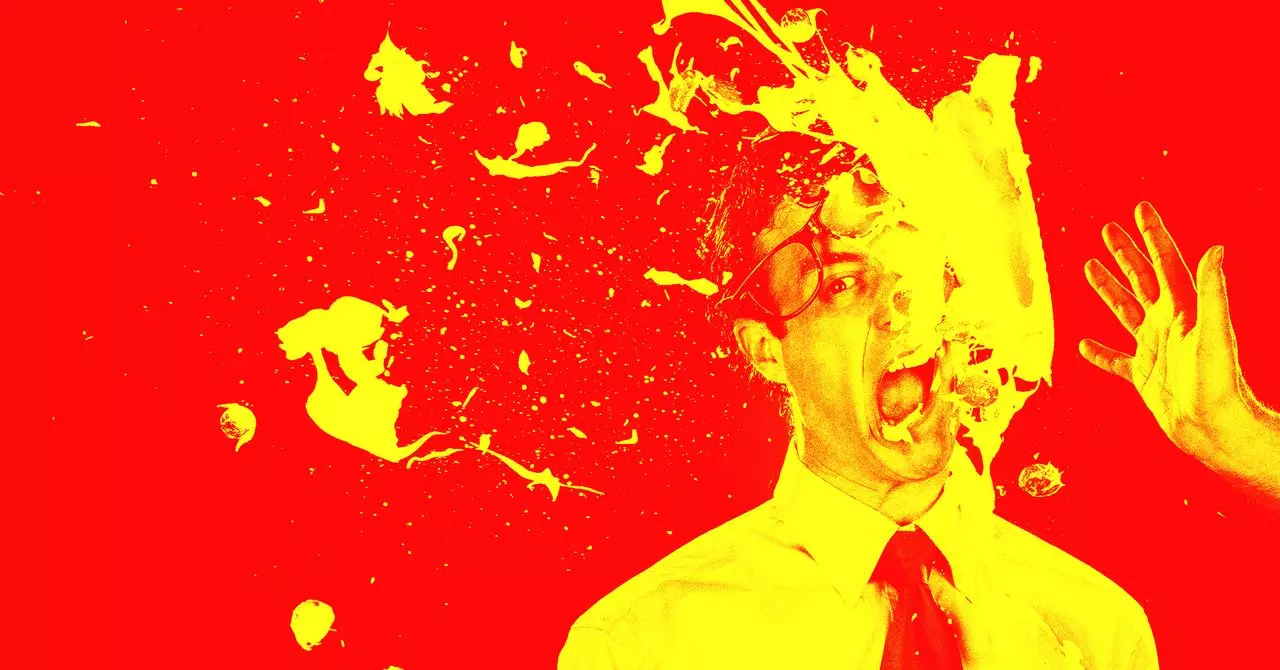Duolingo’s rapid rise as a culturally resonant language-learning app was once a textbook example of digital marketing mastery. With its quirky green owl mascot becoming a viral symbol among younger audiences, the brand carved out a unique spot in social media. However, the narrative took a drastic turn when Duolingo announced its strategic pivot to an “AI-first” model aiming to automate tasks previously handled by human contractors. This shift triggered an immediate, vocal backlash mainly from its core users—young, digitally savvy consumers who saw AI not as a nifty upgrade but as a threat to jobs and a betrayal of the company’s human-centered ethos. The performative mass deletions of the app, despite users losing their cherished progress streaks, revealed how deeply identity and community had formed around the platform—and how fragile that loyalty proved when confronted with automation anxiety.
Automation Anxiety: The Human Cost Behind the Innovation
Duolingo’s experience is far from isolated; it is emblematic of a broader unease permeating the tech industry and its users. Leaders at companies like Klarna and Salesforce similarly announced plans to reduce staffing by leveraging AI, signaling a widespread corporate belief that automation is the future of productivity and profitability. However, these decisions underscore a fundamental tension: the human cost of replacing workers with AI agents often gets overshadowed by the promise of efficiency. While technology’s role in streamlining tasks is undeniable, the growing fear among workers—is their role next to be automated?—is becoming a critical social issue. The resistance is not just about job security; it reflects a deeper distrust in how companies balance innovation with empathy and responsibility toward their workforce.
The Multifaceted Backlash Against Generative AI
Criticism of generative AI extends well beyond worries about displaced jobs. Early fascination with tools like ChatGPT quickly unraveled into skepticism as users and creators recognized significant downsides. These include frequent inaccuracies in AI-generated content, environmental concerns due to the massive computing resources required, mental health repercussions related to overuse or reliance on AI, and complex legal battles over copyright infringement. The creative community’s pushback has been particularly fierce, as artists, writers, and other content creators have realized their work is being mined without consent to train AI models. The timing of this backlash, coinciding with events like the 2023 Hollywood writer’s strike, illustrates a growing collective agitation against AI’s unchecked expansion and premature deployment without proper ethical frameworks.
The Illusion of AI as a Neutral Tool
One of the most critical misunderstandings fueling controversy is the perception that AI is an impartial, purely technical advancement rather than a sociotechnical construct heavily shaped by corporate interests and economic incentives. Duolingo’s reassurance that AI-generated content will be supervised by experts, while a step in transparency, does little to alleviate the core concern: automation ultimately serves to cut costs, often at the expense of human jobs and creativity. The promise of enhanced learning or customer service experiences is enticing, but it is inseparable from the broader implications of a workforce restructured around machines rather than people. The allure of AI as a magical problem-solver masks the reality that these systems are designed primarily through human biases, economic priorities, and power dynamics.
Resistance as a Sign of Cultural Maturation
The ongoing friction between AI innovation and public sentiment reflects a growing cultural sophistication in how technology is understood and critiqued. Initial awe at the capabilities of generative AI has transitioned into a more nuanced, often critical perspective that demands accountability, fairness, and thoughtful governance. The performative deletions of Duolingo’s app and the rising ownership from creators in their collective rights demonstrate an emergent cultural insistence that technology must serve humanity, not replace it. Rather than knee-jerk rejection, this resistance is a crucial moment of reckoning—pushing companies and society at large to reconsider what role AI should play and who truly benefits from it.
Shaping the Future: A Call for Ethical AI Deployment
If there is one takeaway from the Duolingo saga and the wider pushback against generative AI, it’s that technological progress cannot be decoupled from ethical responsibility. The challenges posed by AI are not mere growing pains but urgent signals that innovation requires balance, transparency, and respect for human labor and creativity. Mismanaging this balance risks alienating the very communities that helped build tech platforms into cultural phenomena. Moving forward, companies must engage more deeply with the social impact of automation, prioritize worker dignity, and foster open dialogues with users to rebuild trust. Only by integrating these values can AI’s promise be fulfilled without abandoning the people its progress depends on.

